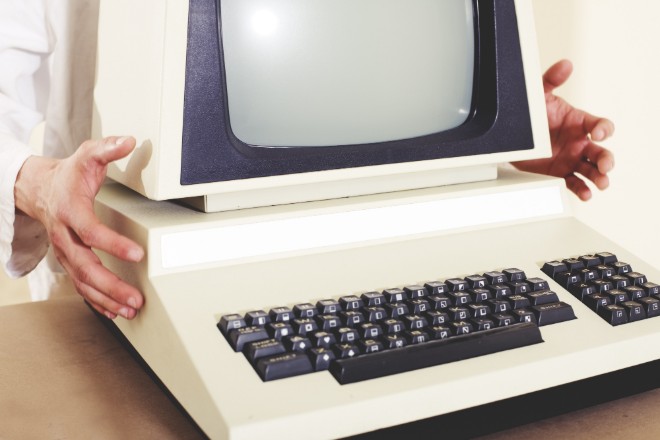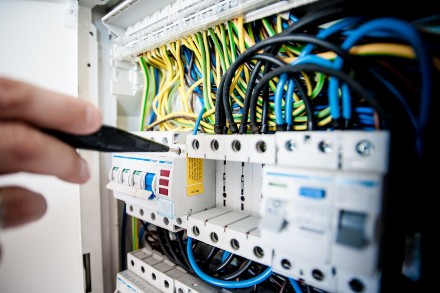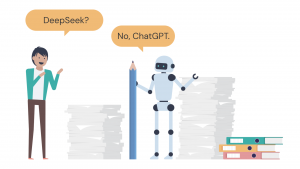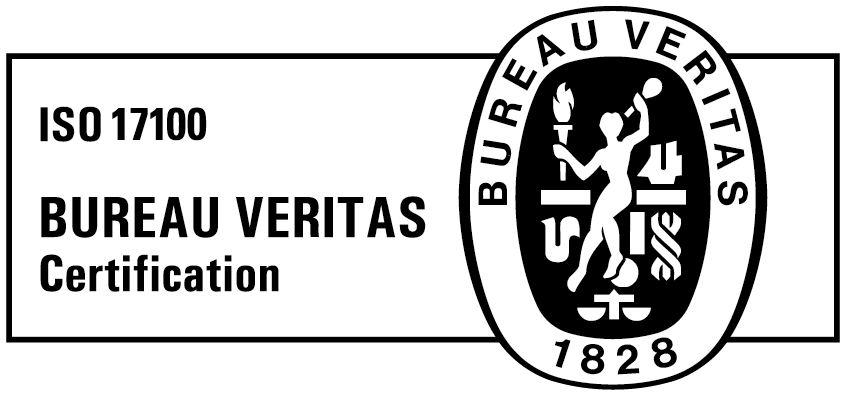It’s difficult to assess when the first ideas of the machine translation were born. The first steps towards realizing the ideas of machine translation began after World War II, when technology and knowledge were enabling it.
The beginnings of machine translation

American Warren Weaver wrote: “I have a Russian text in front of me which is written in Russian, but I am going to pretend that it is really written in English and that it has been coded in some strange symbols. All I need to do is strip off the code in order to retrieve the information contained in the text.”
With his thinking, Weaver encouraged a great deal of research in this direction, and in the 1950s, for the first time, machine translation was introduced to the public. Due to its successful beginnings, it has been announced that the machine translation problem will be solved within five years.
The development of machine translation has been largely funded by the US government. In the 1960s, the American Automatic Language Processing Advisory Committee published a report showing that the development of machine translation is much more complex than it initially seemed. It was then that they realized that the project required too high a cost, given the targeted quality of service.
As a result, the US government was no longer willing to invest money to develop machine translation. Only a few groups outside the US have been involved in the development.

The first breaks

Then, in the 1970s, a turnaround happened. Scientists have developed two machine translation programs – Systran and Meteo. Systran translated texts from Russian into English and vice versa, mainly used in US aviation. Meteo, however, was translating weather forecasts. However, these two translators were aimed at a very narrow field and, because of the technology they supported, did not allow for a good translation of the common language.
A key turning point occurred in the 1990s. During this period, various machine translators were welcomed into the world. Each of these machine translators, however, had its own approach, which greatly influenced the further development of machine translation.
Several decades of research have led to today’s machine translators, which now translate texts at such a high quality that translators only refine their translation.
Taia combines machine translation efficiency with the expertise of professional translators to deliver high quality translations.
You can check the quality of our translations for yourself – you’re just a few clicks away from the perfect translation!
Frequently asked questions
The biggest advantage of machine translation is speed, as you get your text translated immediately. Some machine translators even allow you to translate entire documents in seconds.
Machine translation instantly translates the text you provide with the help of artificial intelligence and may not result in 100% accurate translations. Human translation is done by professional translators (usually manually), which results in more accurate translations.
Machine translators, without assistance from human translators, are not able to further develop their outputs. That’s why human translators are irreplaceable. Machine translation can be developed to the point where the output would be grammatically correct but won’t ever be able to recognize metaphorical meanings or special styles of writing.
and get your translation quicker than
ever before!
read more interesting content like this.




